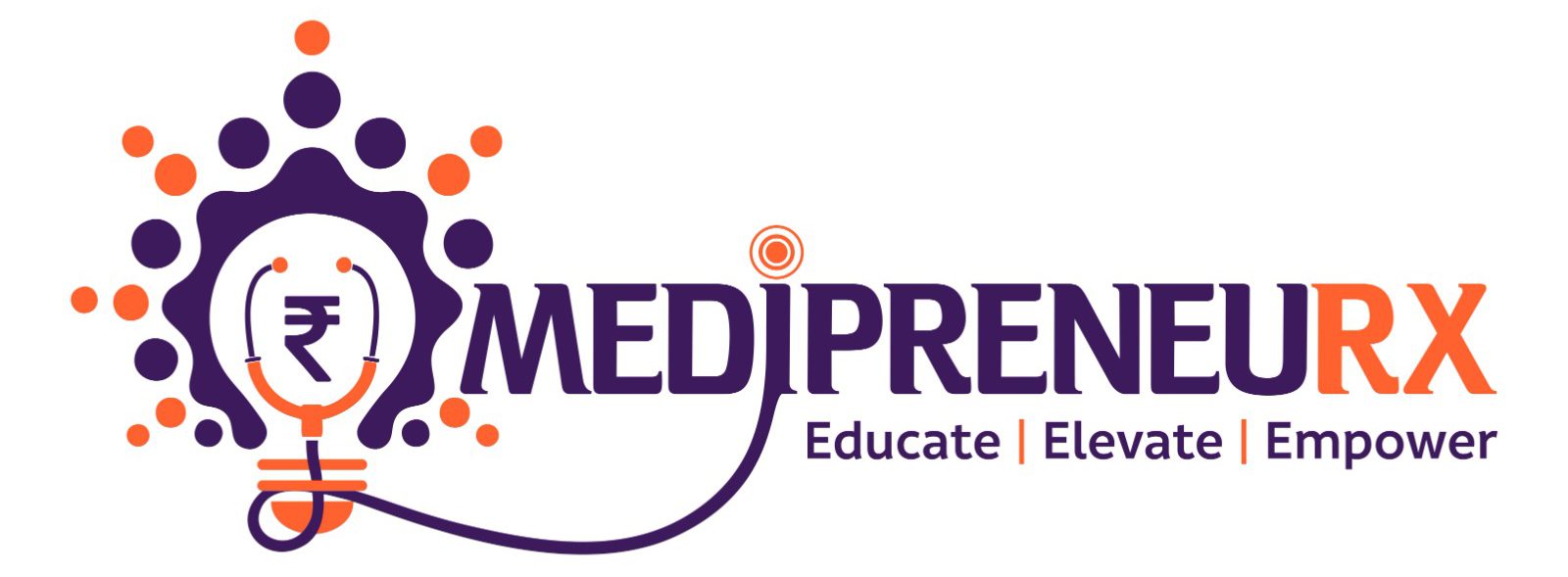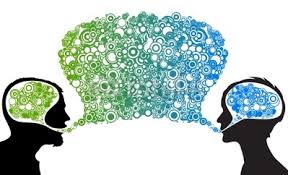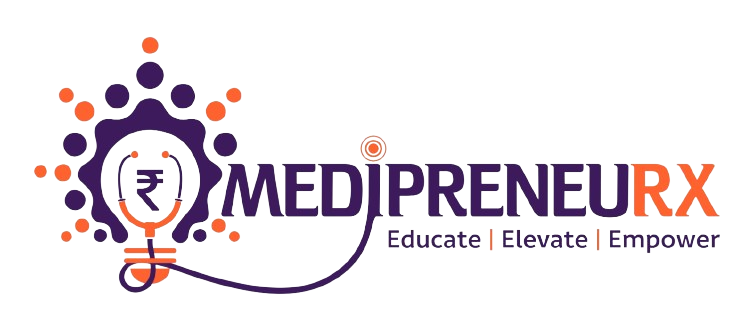Communication is more than just information exchange in the context of healthcare, therapy, and even day-to-day interpersonal interactions. It is about building connections. Relationship development and healing are greatly impacted by therapeutic communication, a specialized technique whose goal is to enhance people’s well-being via meaningful discussion. This blog examines the fundamentals of therapeutic communication, as well as its advantages and practical applications in a range of contexts.
Comprehending Therapeutic Communication
The term “therapeutic communication” describes a set of methods used by therapists, counselors, and other professionals to help patients or clients feel supported and understood. Therapeutic communication, as contrast to casual talk, is centered on comprehending the person’s needs, feelings, and concerns in order to offer consolation and support.
The three guiding concepts of therapeutic communication are respect, empathy, and active listening. These guidelines are necessary to establish a safe environment where people feel understood and accepted, which can greatly improve their mental and emotional health.
Key Elements of Therapeutic Communication
- Empathy: Empathy is recognizing another person’s feelings from their point of view and placing oneself in their shoes. It is more than just showing sympathy; it involves truly feeling the same emotions as the other person. In therapeutic situations, it is critical to provide empathetic responses that validate the person’s experiences and make them feel understood.
- Active listening is a strategy in which the listener pays close attention, comprehends what is being said, reacts appropriately, and retains the information. It entails understanding the underlying feelings and meanings in addition to simply hearing the words. Active listening strategies include nodding, summarizing what was heard, and seeking clarification as necessary.
- Respect and a Non-Judgmental Attitude: Therapeutic communication relies heavily on respecting the other person’s feelings, experiences, and ideas without passing judgment. It entails appreciating and respecting each individual’s own viewpoint and creating an atmosphere in which they feel free to express themselves.
- Open-ended questions are ones that don’t only accept a yes or no answer; instead, they invite a thorough response. Asking open-ended questions encourages people to go deeper into their feelings and thoughts, which can lead to significant discoveries and more in-depth conversations.
- Reflective Responses: Mirroring back what the other person has said in a way that facilitates their emotional processing is known as a reflective response. Saying, “It sounds like you’re feeling really overwhelmed right now,” is an example of a thoughtful answer to someone who expresses feelings of overwhelm. Could you elaborate on the situation for me?”
Benefits of Therapeutic Communication
- Building Trust: People are more likely to trust someone they are speaking with when they feel heard and understood. This trust is essential for therapy and healthcare to provide good care. Patients are more likely to follow treatment programs and communicate honestly about their issues when they have faith in their doctors.
- Improving Mental Wellness: People can express their feelings and experiences on a therapeutic communication platform, which can be cathartic and result in emotional relief. For people who are struggling with stress, anxiety, or despair, this can be especially helpful.
- Enhancing Patient Outcomes: Therapeutic communication that works well can improve patient outcomes in medical settings. Patients are more involved in their care and inclined to heed medical advice when they feel heard and supported.
- Building Stronger Connections: Good communication creates stronger bonds in both personal and therapeutic contexts. Mutual understanding and relationships are strengthened when people feel appreciated and respected.
- Facilitating Conflict Resolution: Therapeutic communication can assist in reducing stress and facilitating resolution in any situation where there is a chance for conflict. It is possible to handle conflicts more skillfully by listening to concerns in an understanding and proactive manner.
Implementing Therapeutic Communication
- Training and Practice: Individuals may require specialized training and practice in order to use therapeutic communication effectively. Role-playing games, workshops, and seminars can aid in the development of these abilities in practitioners.
- Self-Awareness: Professionals need to be conscious of their own prejudices, feelings, and modes of communication. Self-awareness makes interpersonal relationships more sincere and productive.
- Establishing a Supportive Environment: It is crucial to make sure that the setting in which communication occurs encourages candid discussion. Having a calm, private area where people feel free to talk honestly is part of this.
- Continuous Improvement: Learning and adapting on a constant basis is beneficial for the dynamic process of therapeutic communication. Practitioners ought to ask for criticism and keep improving.
Conclusion :
The capacity to create strong, compassionate bonds that promote recovery and development is the key to the effectiveness of therapeutic communication. Individuals and professionals can foster cultures that improve outcomes, foster trust, and increase emotional well-being by placing a high value on empathy, active listening, and respect. Learning the skill of therapeutic communication can change lives and bring about significant positive change in relationships, whether in therapy, healthcare, or daily life.








